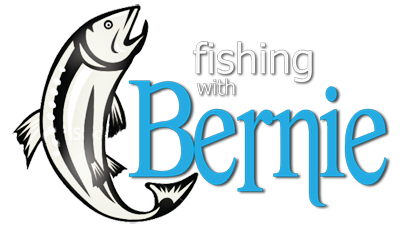Winter mornings in the Rockies hold a special place in my heart. The air is brisk, snow crunches when you walk on it and the magnificent sunrises are forever imprinted in my memories. There are 2 reasons to get up early in the winter. The best one is to go catch breakfast, the other is to eat fresh fish for breakfast. If you’ve never tried ice fishing, it might look ridiculous. A bunch of people standing out in the cold staring at a hole? Not at all, it’s like a chess match with a fish.
Let’s talk gear. You will need warm clothes, good boots (preferably waterproof) an extra pair of gloves. Ice augers can be gas, electric or hand operated. A short rod, small box of jigs and a little bait. Rainbows and brook trout gear should be light rods with a small indicator and 4-6lb test. Lake trout gear should be a little heavier, a medium to med hvy rod, 8-10lb test line. If you want to stay toasty warm, a hut and heater can be added for comfort.
Rainbow trout are plentiful in the county. They are fairly easy to catch and most people seem to like their flavor. Rainbows cruise the shoreline but do tend to stall on points and the backs of small coves. They live in shallow water (under 15’) and eat bugs, crawfish and small minnows. A small bright colored jig or spoon tipped with a meal worm or wax worm will generally get bit.
Brook trout can be very eager to eat small jigs and spoons, live in shallow water and have a unique flavor. Brook trout tend to roam certain areas of a lake, points and weed beds seem to hold fish.
Lake trout live in deeper water35’-120’ of water), eat crawfish, larger bugs, minnows and fish. 3/8 ounce jig heads, 1-3” plastics (twister tails, grubs and tubes) spoons or just plain bait. Points, deeper humps, and flat areas attract these predators.
A few general techniques will work on all these fish. Dead sticking is when you place a bait in the water column and do not move it, a fish will swim by and eat the bait. This works well as a second rod technique or when you just do not want to move it. A slow steady movement of the bait will help make it look alive, vary the speed and how high you raise and drop the jig until you get bit then repeat.
Lets talk about lakes to go to, the ponds just outside of Frazier (Lions fishing pond and Cozens ranch ponds) are great places to take the kids. They are small bodies of water and a short walk from the car. Rainbows, browns, and cutthroat trout reside in these ponds.
Lake Granby is a bigger body of water but the fishing can be excellent for rainbows and lake trout, the size can be intimidating but just pick a shoreline and fish it. Monarch Lake behind lake Granby is full of brook and rainbow trout along with an occasional brown. It is a mile or so hike from the gate so be prepared for that.
Grand Lake is a great place to fish for rainbows and lake trout then be able to run to town to get a cup of coffee or breakfast.
Willow Creek reservoir has rainbows, browns and (kokanee) salmon in it.
Williams Fork reservoir has rainbows, browns, lake trout, a few salmon and pike.
Wolford has rainbows and salmon.
For the people that would like to fish open water we have a couple great tail waters in the county, Shadow Mountain Dam and Williams Fork generally fish very well all winter.
There are plenty of tackle shops that can help you select gear and might even rent you what you need. Guides and outfitters are a great bet, they have local knowledge and the correct gear to help ensure you have a memorable time.
This winter, if your up on vacation, try something different. Go spend a fun day on the ice and possibly get a fresh fish meal out of it.

















